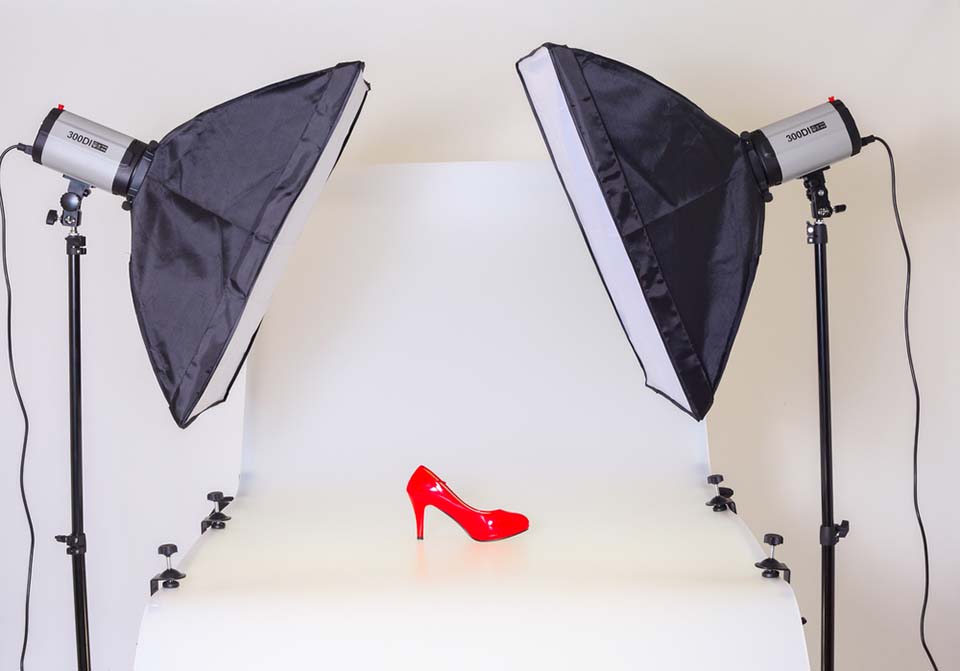Product Positioning – How To Enter The Markets

The right marketing starts with the right positioning. In all companies, it is a major factor that is being discussed again and again. We can talk about product positioning and we can also talk about brand positioning – in most cases the steps are the same. The ways that one will promote the firm are several and it is good to use as much as you can.
When it comes to positioning again there are plenty of options, however, the marketer will have to choose one or some depending on the analysis of the market. The difficult times we live and promote our businesses demand a responsible attitude on our behalf and we have to be prepared more than ever regarding the strategies we need to follow to be successful.
Keep in mind that these strategies are not only used by you but by your competitors as well.
Let’s have a look at today’s positioning.
- By use or application
A simple approach is to follow the use or application positioning. In other words, we offer what you need. The product comes as an answer to customers’ needs regarding a particular problem that has to be resolved. In cases where competition is high and the product is simple and well-known to the audience this technique doesn’t have a lot to offer. However, when something makes its appearance for the first time in customers it is crucial to inform them about what you sell them and how this will help them. Innovations use this positioning often. - By product attribute
When we refer to product attributes we practically mean the competitive advantage of the item we sell against other products of the same category. The marketing here will choose one or two features and focus on them. It is different from the previous positioning strategy because it suggests that the product is good for a certain use and at the same time better than others. - By product class
Product class gives a hint to the audience suggesting the quality is better. A higher price itself may work as a hint to inform customers that the product would not cost as much if it didn’t have something better to offer. Classy products with fancy packaging are an example of product class positioning. Slogans you meet here: ”The best in its category,” ”We always offer the best.” - By user
In this case, we mainly talk to the customer. We do not focus on what we sell rather than on who the customer is. The marketing address to the customer implying that our product works as the best solution for their problem. It is often that the positioning suggests that the use of the particular item will upgrade the social self-identity of the client. To help you understand the difference notice how the slogan on this occasion is built: ”…Because You always want to be the first.” Simple changes transfer the attention from the product to the customer. - By value or quality
A little different from the product class scenario, value or quality positioning has indeed a better quality compared to the competitors’ products. A high price is justified by the initial cost to manufacture the product and it is not implemented to give prestige. The value is on the real product and not on its promotion. The target group here will not buy something to stand out from others by using his identity as a consumer. Customers who will go for the quality product itself will be approached with this technique. - Against competition
An aggressive policy that goes directly against the competitors is this one. Contrary to product class positioning, we don’t suggest that our product is the best on the market in general but we compare the product against the well-known competitors of the market directly. It is apparent that you have to be sure about the advantages of your product against the competition and make sure they will not be able to copy them soon. - Combining all strategies
In some cases, we assume it is better to use a combination of the previous options. The important thing here is to skip the trap of confusing the audience by promoting in too many ways. Remember that positioning is about communicating a clear message to the customer.
Bring the best of the CEOWORLD magazine's global journalism to audiences in the United States and around the world. - Add CEOWORLD magazine to your Google News feed.
Follow CEOWORLD magazine headlines on: Google News, LinkedIn, Twitter, and Facebook.
Copyright 2025 The CEOWORLD magazine. All rights reserved. This material (and any extract from it) must not be copied, redistributed or placed on any website, without CEOWORLD magazine' prior written consent. For media queries, please contact: info@ceoworld.biz








